
AeroGenie — あなたのインテリジェントな副操縦士。
現在のトレンド
Categories
India Faces Fuel and Financing Challenges in Competing with Dubai and Singapore's Aviation Sectors
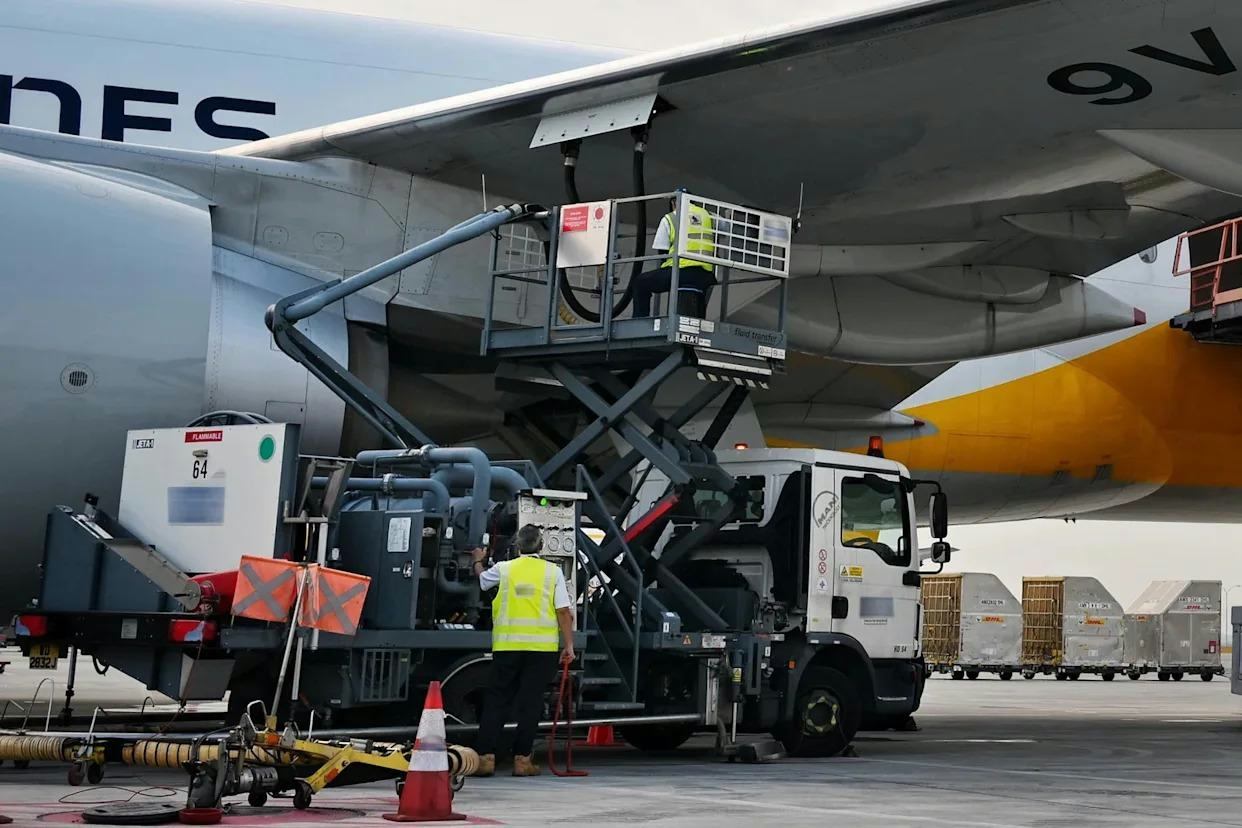
India Faces Fuel and Financing Challenges in Competing with Dubai and Singapore's Aviation Sectors
India is making significant strides in developing world-class airport infrastructure, exemplified by the new Navi Mumbai facility, reflecting its ambition to emerge as a leading aviation hub in Asia. However, despite these advancements, Indian airlines continue to struggle in matching the operational efficiency and global reach of established carriers such as Emirates and Singapore Airlines. The challenges extend beyond infrastructure to encompass high operational costs, opaque fuel pricing, limited financing options, and an underdeveloped aviation support ecosystem.
Fuel Pricing and Operational Costs
Aviation Turbine Fuel (ATF) represents a substantial financial burden for Indian carriers, constituting approximately 40% of their operating expenses—one of the highest proportions worldwide. Unlike Dubai and Singapore, where fuel pricing is often tax-exempt or transparently linked to international benchmarks, India’s fuel costs are inconsistent and vary across states. The biweekly revision of prices creates unpredictability, hindering airlines’ ability to hedge against fluctuations and complicating financial planning. This volatility significantly undermines the competitiveness of Indian carriers.
Further complicating the situation is India’s recent increase in fuel exports, driven by higher refinery output and ethanol blending mandates. This trend raises concerns about the long-term stability and availability of domestic aviation fuel supplies. In contrast, Dubai and Singapore benefit from well-established, aviation-focused fuel infrastructures that underpin their status as global aviation hubs.
Airport Charges and Financing Constraints
Indian airports impose some of the highest landing, parking, and user fees in Asia, costs that are ultimately transferred to airlines and passengers. This inflates ticket prices and diminishes the attractiveness of Indian carriers in the competitive international market. The lack of a unified policy governing airport charges exacerbates operational inefficiencies across the sector.
Financing remains another critical hurdle. Indian airlines depend heavily on foreign lessors, with approximately 80% of commercial aircraft leased from overseas entities. This reliance results in annual outflows nearing $3 billion for lease rentals, insurance, and maintenance. Domestic financial institutions seldom provide funding for aircraft acquisitions, limiting the sector’s capacity for investment and growth. Moreover, the majority of maintenance, repair, and overhaul (MRO) activities are outsourced abroad, increasing costs and impeding the development of indigenous technical expertise.
Underdeveloped Support Ecosystem and Regional Disparities
The business aviation segment in India faces regulatory fragmentation and the absence of a unified Fixed Base Operator (FBO) policy, which restricts the growth of private aviation despite a surge in private jet registrations and flights. The lack of adequate facilities and infrastructure for business aviation places India at a disadvantage compared to Dubai and Singapore, where integrated support ecosystems effectively serve both commercial and private aviation sectors.
While the expansion of air infrastructure in India’s North-East is fostering regional tourism and agricultural development, these localized improvements do not address the broader national challenge of competing with established global aviation hubs. The focus must shift from infrastructure development alone to comprehensive reforms aimed at reducing costs, streamlining regulations, and cultivating a robust financial and operational environment.
Towards a Competitive Aviation Sector
To realize its full potential in the aviation industry, India must move beyond airport construction and address systemic issues. Tackling high fuel costs through pricing reforms, enhancing access to financing, and developing a unified support ecosystem are critical steps. Only through such comprehensive measures can Indian airlines aspire to compete effectively with the aviation giants of Dubai and Singapore.
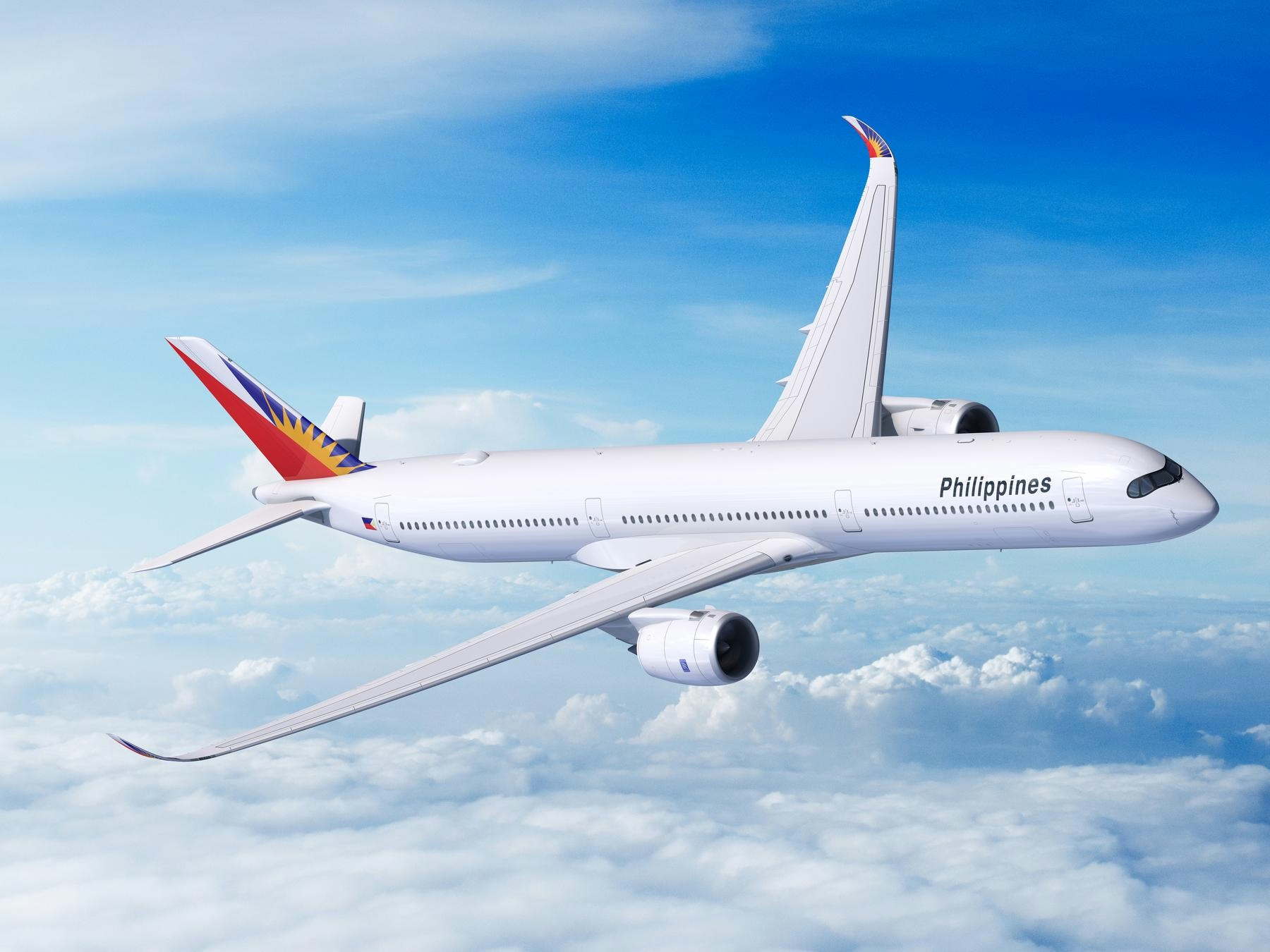
BOC Aviation to Lease Two Airbus A350-1000s to Philippine Airlines

How Many Boeing 777X Prototypes Were Built?
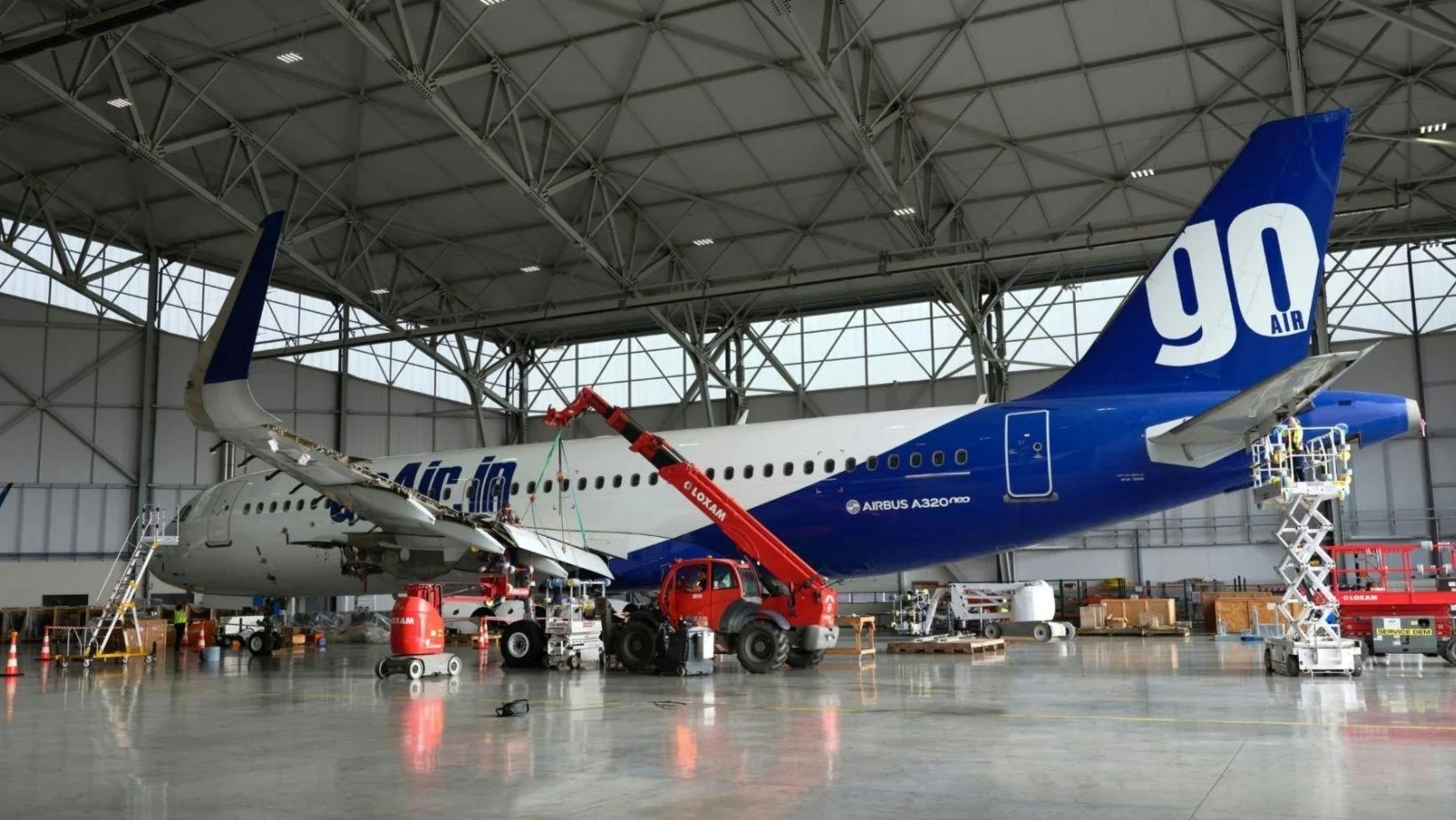
AerFin Announces Availability of A320neo Inventory
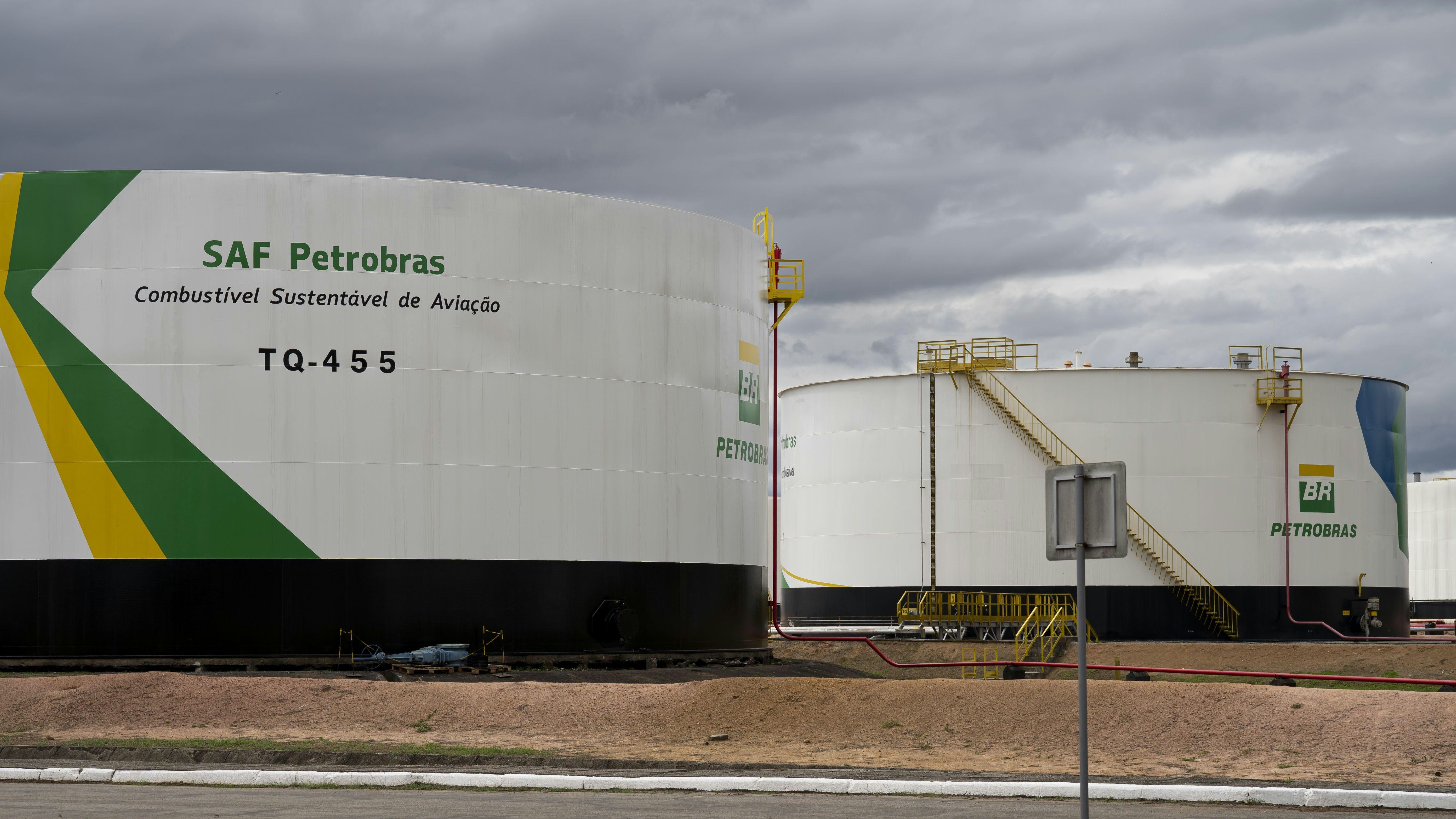
Petrobras Delivers First Sustainable Aviation Fuel Produced in Brazil
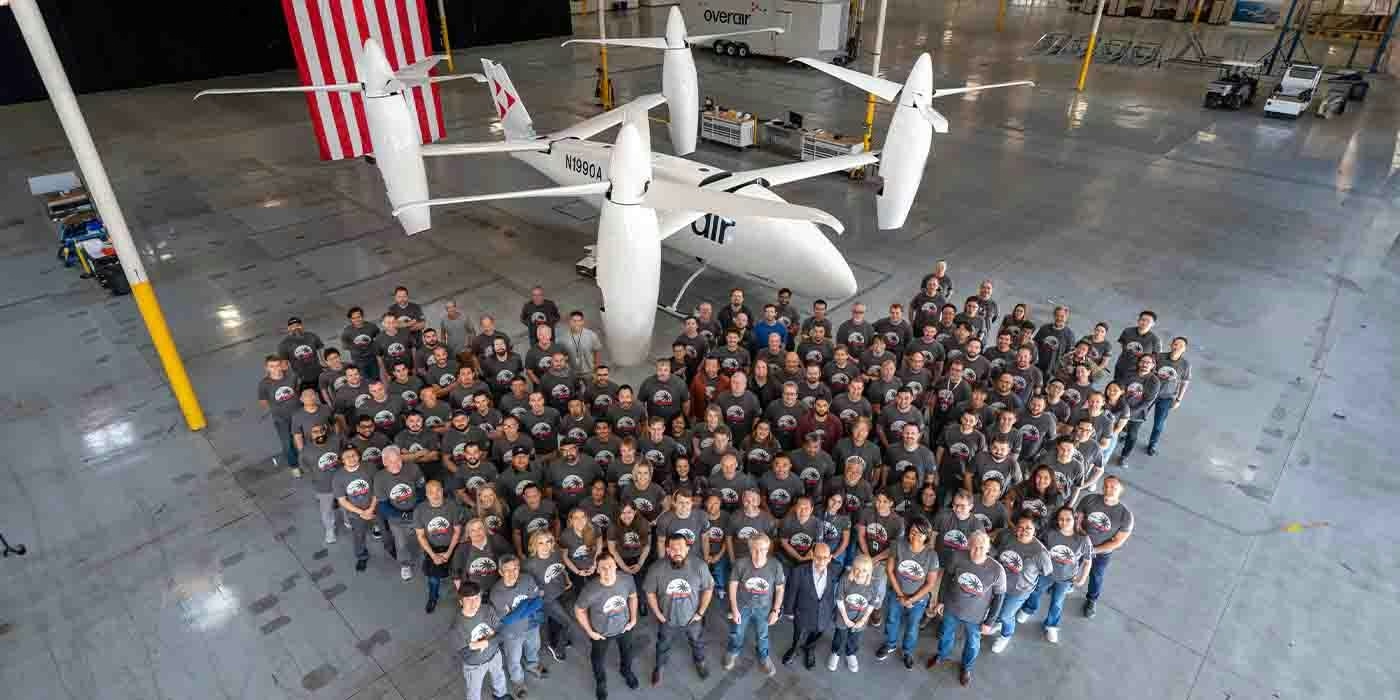
Unique mixed-propulsion eVTOL completes transition flight testing
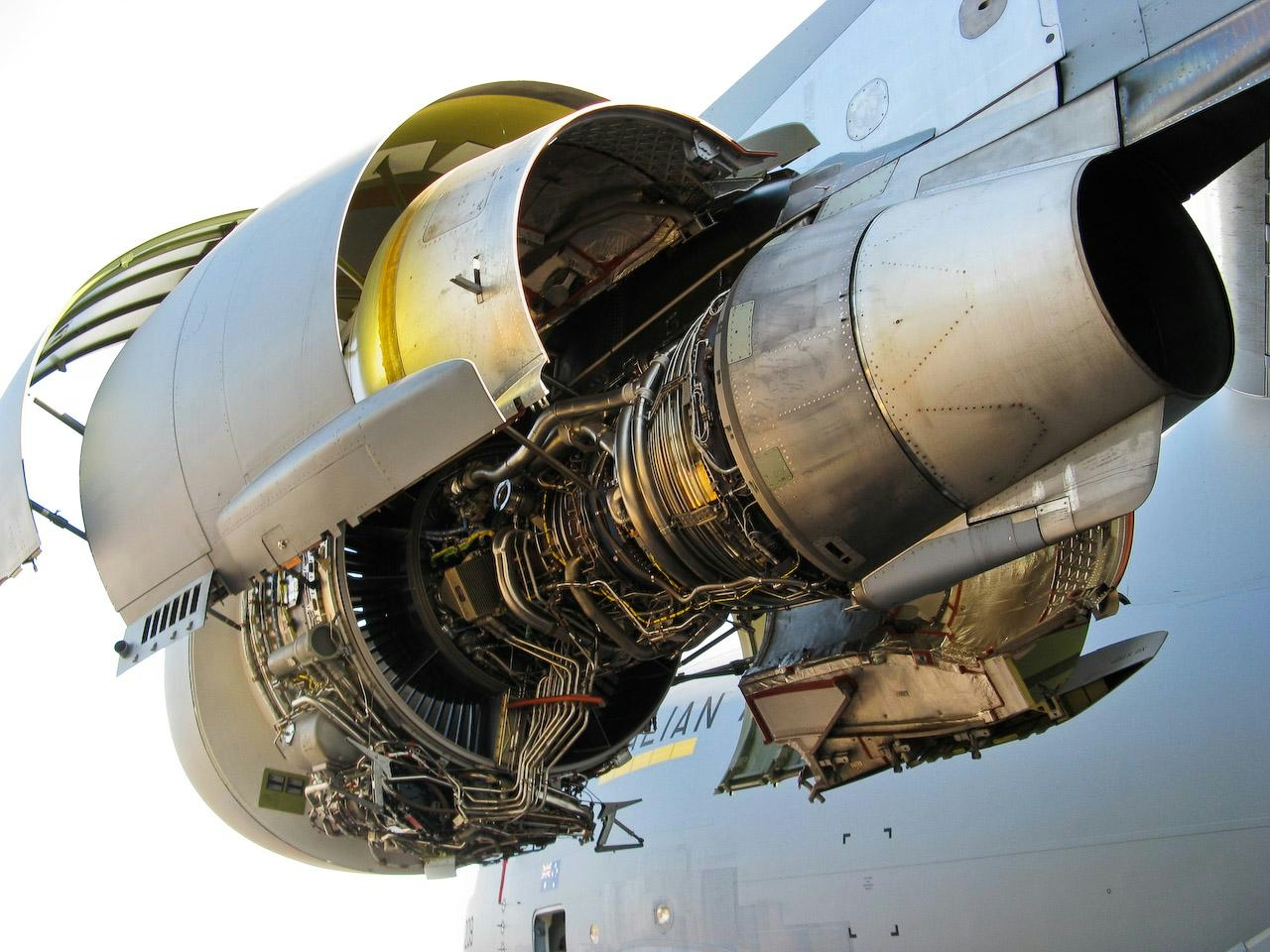
Are C-17 Globemaster Engines Derived from Boeing 757?
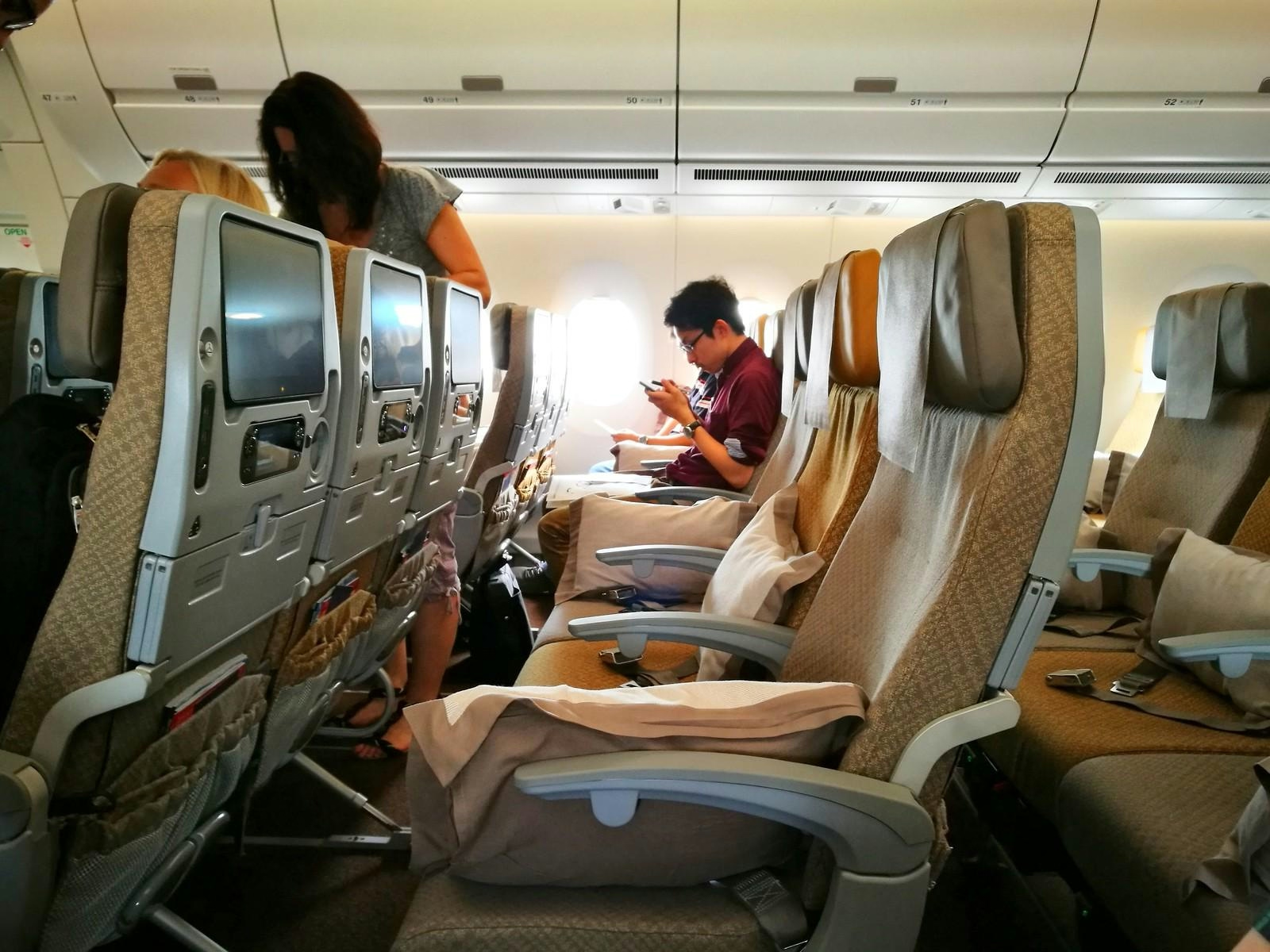
Why the Airbus A350’s Cabin Is Quieter Than Other Aircraft
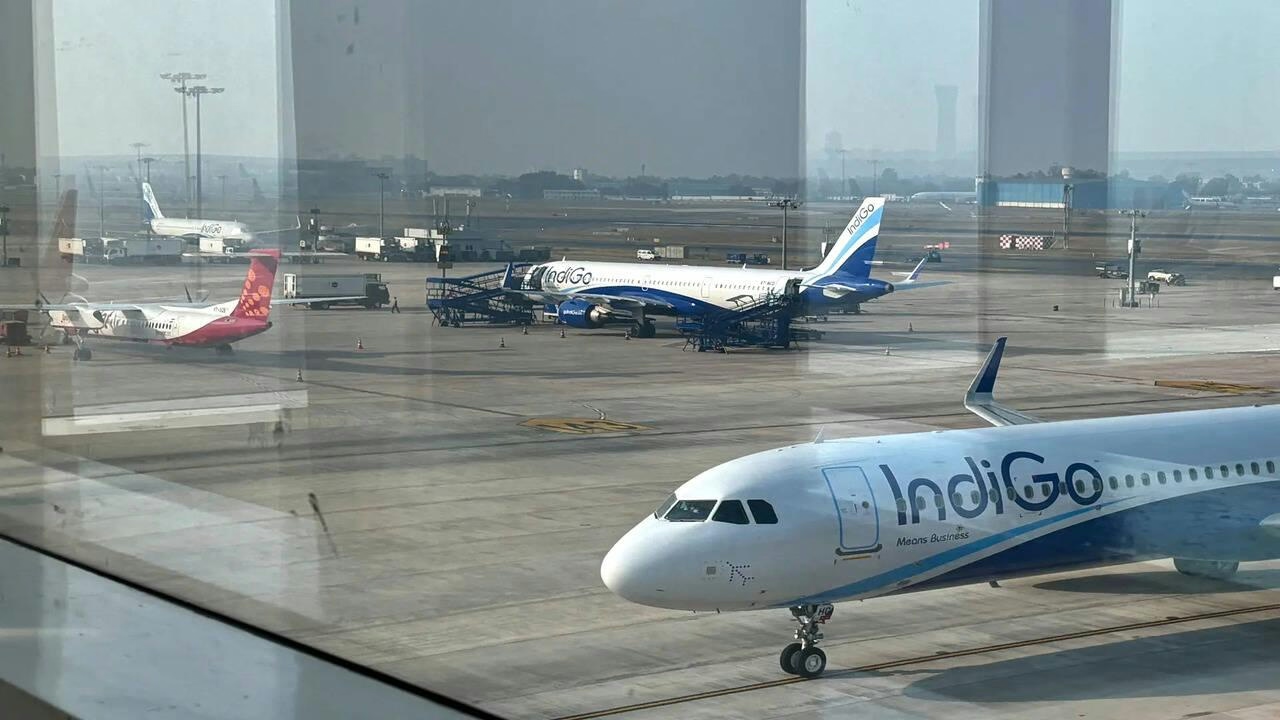
AI and AI Express Plan to Increase Capacity Amid IndiGo Flight Disruptions
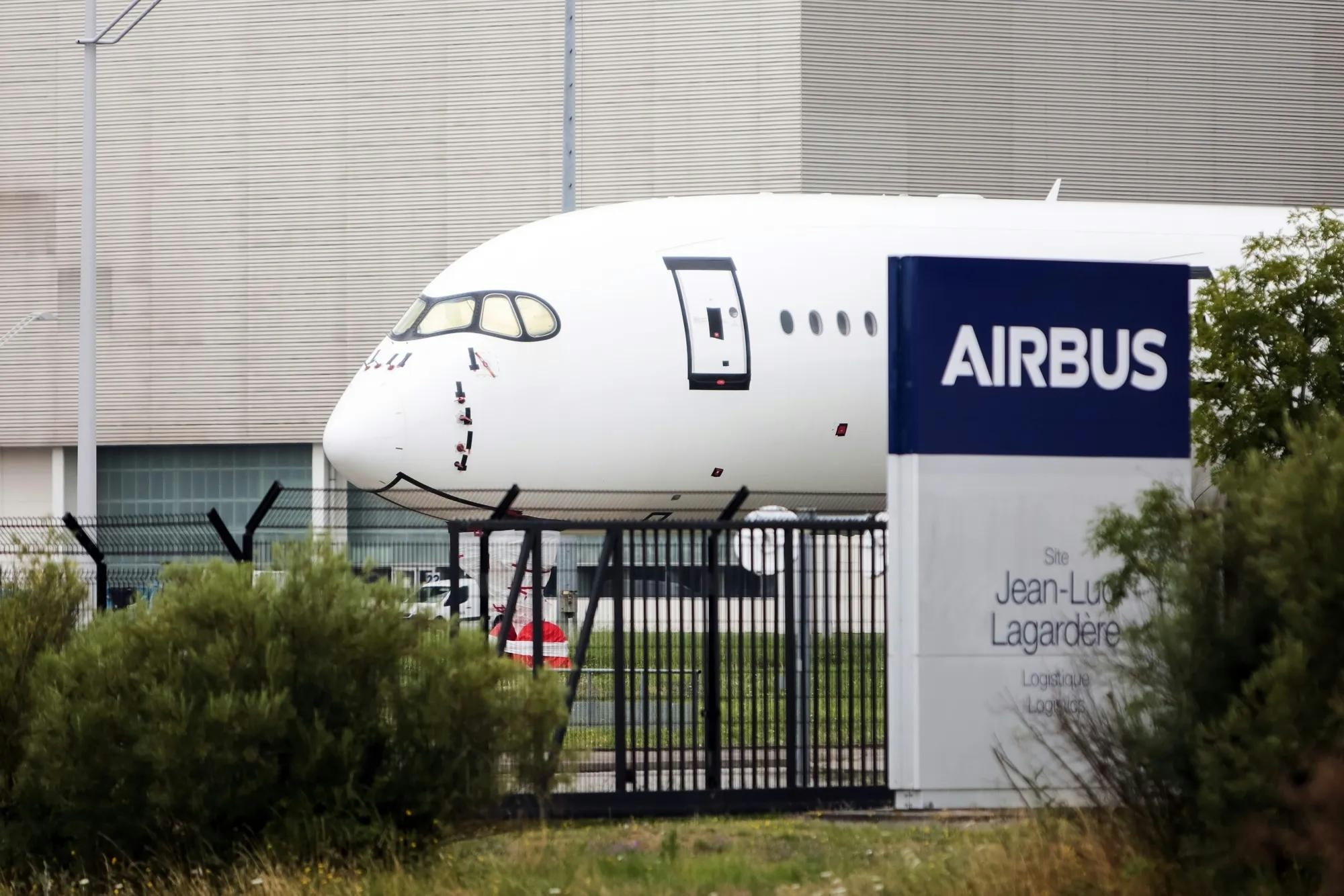
Kazakhstan and France Agree on Airbus Aircraft Deliveries
